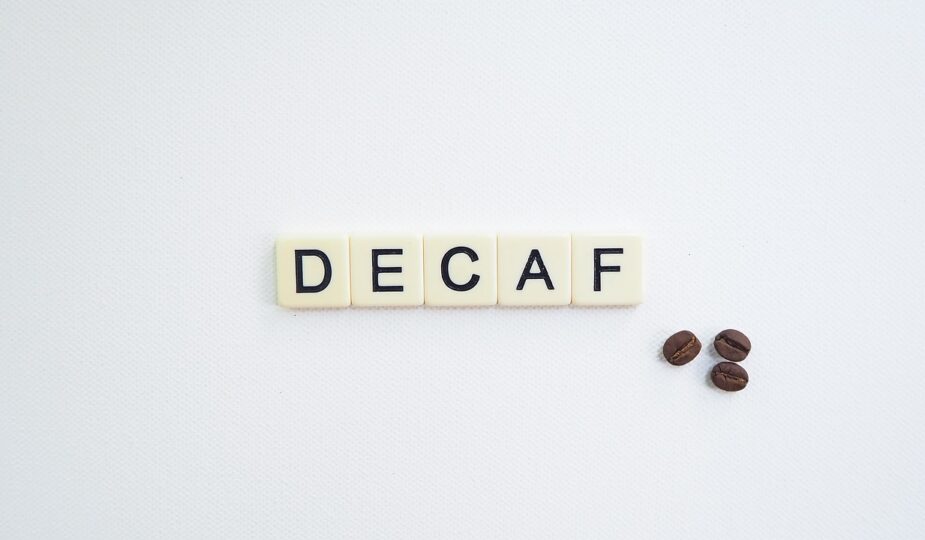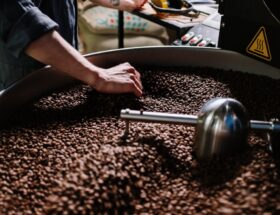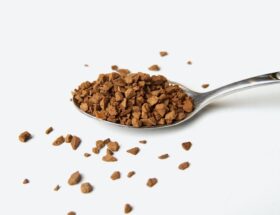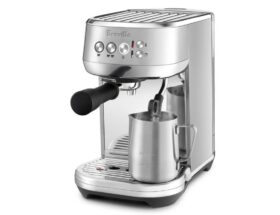
Decaf Decoded: The Intriguing Process of Making Decaffeinated Coffee
Table of Contents
Topic Overview
Welcome to the fascinating world of decaffeinated coffee! In this blog post, we will explore the intriguing process of making decaf coffee and uncover the methods behind removing caffeine while preserving flavor. Did you know that decaf coffee is not simply regular coffee with the caffeine removed? There are specific techniques employed to create that perfect cup of coffee without the jolt. So grab your favorite mug and get ready to decode the secrets of decaf coffee!
Understanding the Decaffeination Process
Have you ever wondered how decaf coffee is made? It’s a fascinating process that involves removing the caffeine while preserving the rich, delicious flavor of your favorite brew. In this article, we will uncover two popular methods used in decaffeination: the Swiss Water Process and the Direct Solvent Method.
The Swiss Water Process: An All-Natural Approach
The Swiss Water Process is beloved by coffee enthusiasts for its 100% chemical-free approach to decaffeination. This method begins with a batch of high-quality green coffee beans, which are soaked in pure, pristine water. The water extracts the caffeine and flavor compounds from the beans, creating a solution known as “flavor-charged water.”
Next, this flavor-charged water is passed through an activated charcoal filter, which selectively removes the caffeine. What remains is a delicious mixture of flavors, free from caffeine. The once-flavorful beans are discarded.
The final step in the Swiss Water Process involves reintroducing the green coffee beans to the caffeine-free flavor-charged water. The beans soak up the flavors once again, replenishing their taste profile without the caffeine. These beans are then dried and roasted to perfection, ready to be brewed into a cup of satisfying decaf coffee.
The Direct Solvent Method: Precision in Extraction
While the Swiss Water Process is the preferred choice for many, the Direct Solvent Method is another popular technique for decaffeination. This method uses either methylene chloride or ethyl acetate as solvents to extract caffeine from the green coffee beans.
In the Direct Solvent Method, the solvent is applied to the beans, which removes the caffeine along with various flavor compounds. To ensure that the flavor profile is preserved, these flavor compounds are captured and set aside.
After the caffeine has been extracted, the beans are subjected to steam, which helps to remove any traces of the solvent. The previously captured flavor compounds are then reintroduced to the decaffeinated beans, ensuring that they are restored to their original deliciousness.
Taste Comparisons: Does Decaf Stack Up?
Now that we understand the process behind making decaf coffee, it’s time to address the elephant in the room: Does decaf coffee taste as good as its caffeinated counterpart?
The Swiss Water Process, with its chemical-free extraction, is known for preserving the full-bodied flavor and aroma of coffee. Many coffee drinkers find that Swiss Water Processed decaf tastes very similar to regular coffee, with only a slight difference in strength.
On the other hand, the Direct Solvent Method may result in a slightly different taste profile. Some coffee connoisseurs claim that they can detect a difference in flavor, albeit subtle, between decaf made using this method and regular coffee.
Ultimately, taste perception is subjective, and personal preference plays a significant role. It’s best to try different brands and roasts of decaf coffee to find the ones that suit your palate.
Decaf coffee has come a long way in terms of taste and quality, thanks to advancements in the decaffeination process. So, the next time you reach for a cup of decaf, you can appreciate the intricate methods that make caffeine-free coffee a delightful alternative.
Step by Step Guide to Making Decaffeinated Coffee
Step 1: Understanding the Decaffeination Process
Before diving into the steps of making decaf coffee, it’s essential to grasp the decaffeination process. Two commonly used methods are the Swiss Water Process and the Direct Solvent Method.
- Swiss Water Process: This method uses water, time, and temperature to remove caffeine without the use of chemicals. It is an organic, chemical-free process that preserves the coffee’s flavor.
- Direct Solvent Method: This method involves using chemical solvents like ethyl acetate or methylene chloride to extract caffeine from the coffee beans. While effective, some argue that it may impact the flavor of the coffee.
Now that we have a basic understanding of the decaffeination methods, let’s move on to the steps of making decaf coffee.
Step 2: Selecting Decaffeinated Coffee Beans
Start by choosing high-quality decaf coffee beans. Look for beans that are labeled as Swiss Water Process or utilize the direct solvent method, depending on your preference. Consider the origin of the beans and whether you prefer a light, medium, or dark roast.
Research local coffee brands or specialty coffee shops that offer decaf beans. Read reviews and recommendations.
Step 3: Grinding the Decaffeinated Coffee Beans
Once you have your decaf coffee beans, it’s time to grind them. Use a coffee grinder and aim for a medium grind size, similar to what you would use for regular coffee. Remember that the grind size impacts the extraction process and ultimately the flavor of your decaf coffee.
Invest in a high-quality burr grinder to ensure consistent grind size. Experiment with different grind sizes to find the one that suits your taste preferences.
Step 4: Choosing the Brewing Method
Next, select your preferred brewing method. Whether you prefer a pour-over, French press, espresso, or any other brewing method, the choice is yours. Different brewing methods may highlight different flavor profiles of the decaf coffee.
Research different brewing methods and try them out to discover which one brings out the best flavors in your decaf coffee.
Step 5: Brewing and Enjoying
Follow the instructions for your chosen brewing method to make a delicious cup of decaf coffee. Allow the coffee to steep or brew for the recommended time to ensure a well-extracted flavor. Once brewed, pour yourself a cup, sit back, and savor the flavors of your decaffeinated coffee.
Experiment with different water-to-coffee ratios, brew times, and temperatures to find the perfect brewing parameters that suit your taste.
Decaf coffee may not provide the same caffeine kick, but it can still offer a flavorful and enjoyable coffee experience. By understanding the decaffeination process and following these steps, you can make a delicious cup of decaf coffee that satisfies your caffeine-free cravings.
Conclusion
Decaf coffee has come a long way since its inception, and the intricate processes used to remove caffeine while retaining the flavor are truly fascinating. Whether it’s the Swiss Water Process or the Direct Solvent Method, each technique has its own merits and allows coffee lovers to enjoy their favorite brew without the jitters.
It’s important to note that taste comparisons between regular and decaf coffee can vary. While the flavor profile of decaf coffee may be slightly different due to the removal of caffeine, advancements in technology have made it possible to minimize this difference and produce decaf coffee that is rich and flavorful.
At Ten Coffees, we are passionate about all things coffee-related. Visit our website at tencoffees.com to explore a wide range of coffee-related topics, including recipes, brewing methods, coffee culture, and much more.
We encourage you to leave a comment and share your thoughts on decaf coffee and the various methods used for decaffeination. Have you tried decaf coffee before? If so, what was your experience like? Join the conversation and let us know!
Remember, decaf doesn’t mean flavorless. With the right brewing method and quality beans, you can enjoy a rich and satisfying cup of decaf coffee any time of the day. So go ahead, experiment, and discover the world of decaf coffee for yourself. Cheers!









